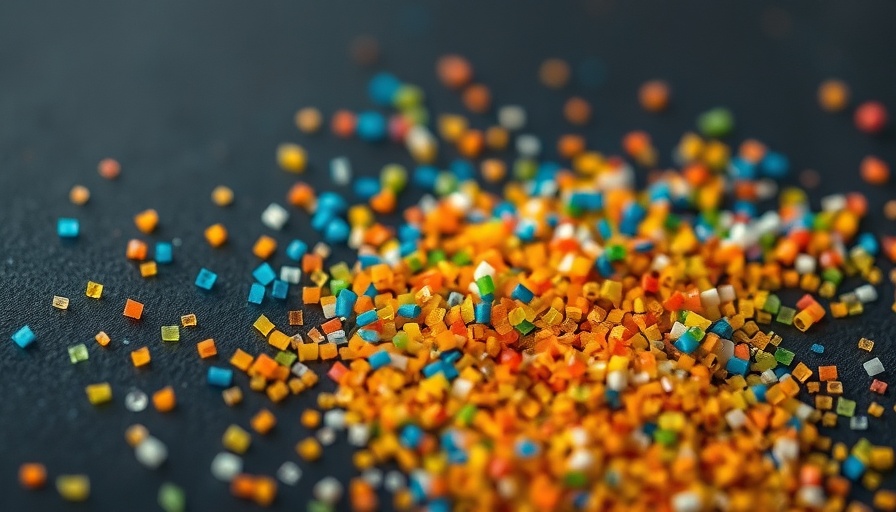
Understanding the Microplastics Debate: A Nuanced Perspective
The ongoing conversation about microplastics has taken a new turn as the California Department of Toxic Substances Control (DTSC) proposes to add these materials to its Candidate Chemicals List. However, the American Cleaning Institute (ACI) has voiced serious concerns regarding this broad classification. ACI fears that a lack of specificity could unintentionally harm the effective cleaning products that many rely on for health and safety.
What Are Microplastics and Why Do They Matter?
Microplastics are tiny plastic particles less than 5 millimeters in size, often resulting from the breakdown of larger plastic debris. These particles can pose serious environmental concerns as well as risks to human health. They are often found in a range of products, from cleaning supplies to skincare, and their widespread use makes their regulation a critical issue. The DTSC's broad definition fails to recognize that these materials can be both beneficial and harmful depending on how they are used. Dr. Dan Selechnik, ACI's Director of Environmental Health & Safety, emphasizes the importance of careful consideration of microchemistries. These substances can enhance the effectiveness of cleaning products, playing a vital role in maintaining public health.
The Call for Precise Definitions: Protecting Consumers and Innovation
The crux of ACI's argument lies in the need for a more nuanced definition of microplastics. They advocate for separate regulations for primary and secondary microplastics. While the former refers to intentionally manufactured particles, the latter results from the degradation of larger plastic items. This distinction is crucial; by implementing exclusions based on scientific understanding, regulators can simultaneously promote safety and encourage innovation within the industry.
Lessons from International Regulations: A Path Forward
Looking globally, different regulations, such as those established in the European Union, showcase how countries can manage microplastics without stifling progress. By identifying safe exclusions, they have successfully protected public health while allowing businesses to innovate. ACI suggests that California's regulatory approach can benefit from this perspective, enhancing not just health outcomes but also the competitiveness of the industry.
The Future of Cleaning Products: Balancing Safety and Effectiveness
As the cleaning industry evolves, it remains essential to find a balance between consumer safety and the efficacy of products that contribute to health and sanitation. Forceful regulations without a solid scientific basis can inadvertently limit access to effective cleaning solutions. Therefore, a collaborative effort between regulators and industry stakeholders will foster an environment that supports consumer safety while promoting innovation.
What Can Consumers Do?
Consumers play a vital role in shaping market demands. Staying informed and advocating for scientifically informed safety standards can encourage businesses to focus on innovation without compromising safety. Engaging with brands that prioritize environmental responsibility and safety can help drive change in the industry.
Understanding the nuances of microplastics and regulatory definitions is crucial for both consumers and industry leaders. Being informed not only protects individual health but also contributes to a healthier planet. As the conversation around microplastics progresses, it becomes increasingly vital to champion both safety and innovation in the cleaning product industry.
 Add Row
Add Row  Add
Add 




Write A Comment